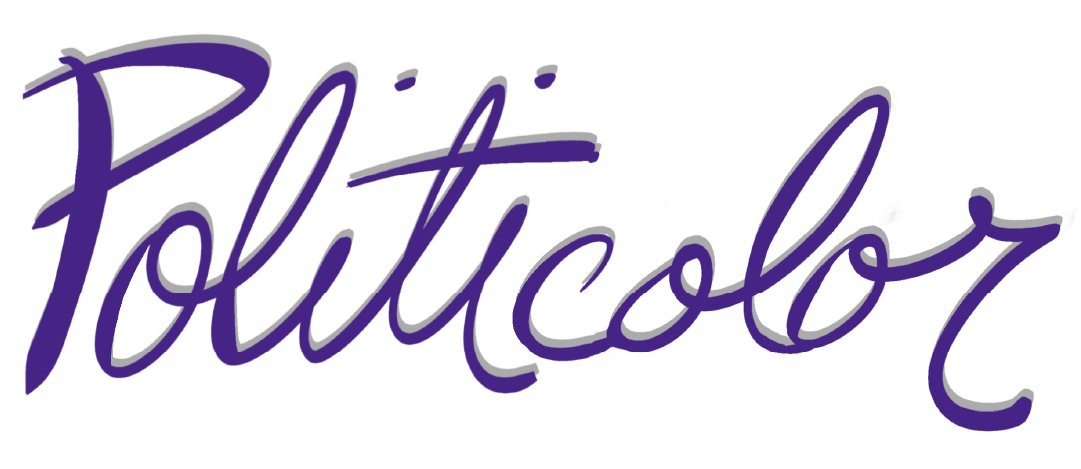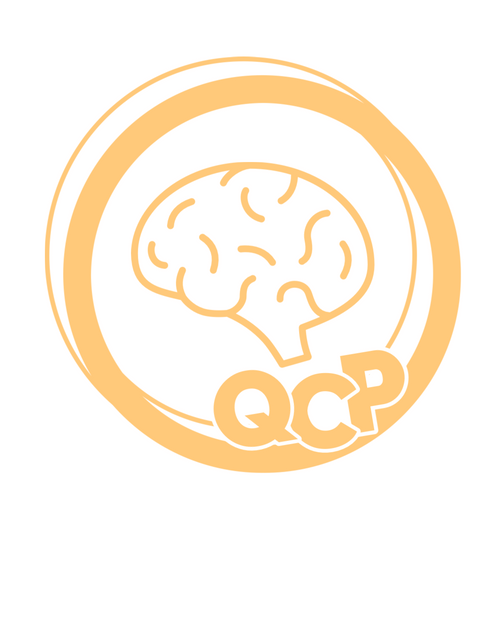My Fellow Citizens,
Athletes have a playbook with moves we all have to learn to execute. The question of who will play the game and who will not transcends the court.
One of the most iconic images in sports comes from the 1968 Olympics in Mexico City. Tommie Smith and John Carlos, two members of the U.S. track team, raised their gloved fists while the national anthem played. In his autobiography, John Carlos described the moment as being in the eye of a hurricane, “There’s something awful about hearing fifty thousand people go silent.” (Quoted in The Atlantic)
Washington Post’s Retropolis column marked the 50th anniversary of that story with the headline, “They didn’t #TakeTheKnee: The Black Power protest salute that shook the world in 1968” (Written by DeNeen L. Brown, September 24, 2017)
Smith and Carlos had won the race but stood with their fist in the air, challenging the rules of another game.
We know these moments represent something more than showing up or taking a stand. These actions come with risks. They are sure to be met with consequences.
Colin Kaepernick will never have the career he might have had as an NFL quarterback. Smith and Carlos were expelled from the Olympic Village and suspended from the U.S. team within days. There are unwritten rules that these acts reveal for the rest of the world to see. Now we have to decide if that’s the game we want to support.
William C. Rhoden, a sports columnist for The New York Times, wrote about the rules of this other game in his 2007 book Forty-Million Dollar Slaves: The Rise, Fall, and Redemption of the Black Athlete. He explains that:
“Integration fixed in place myriad problems: a destructive power dynamic between black talent and white ownership; a chronic psychological burden for black athletes, who constantly had to prove their worth; disconnection of the athlete from his or her community; and the emergence of the apolitical black athlete, who had to be careful what he or she said or stood for, so as not to offend white paymasters.”
That’s the game with the quiet and unseen rules that make franchises and the playoffs possible. The question is now inescapable, “What happens if no one plays the game?”
It’s a question borrowed from Timothy Snyder’s short book On Tyranny. Borrowing the title of the chapter, I believe the athletes performing these acts of defiance have shown us what it looks like to “take responsibility for the face of the world.”
There’s a way to read Snyder’s chapter where it’s all about Nazi pins and yellow stars in Germany or the effort to remove Confederate statues in the United States. There’s also another way to read it where the problem is much more difficult to see and much easier to accommodate.
At the end of that chapter, Snyder turns to an essay titled “The Power of the Powerless,” written by Vaclav Havel in 1978. Snyder describes the essay’s project as “explaining the continuity of an oppressive regime in whose goals and ideology few people still believed.” Havel had lived through communism in Czechoslovakia.
To illustrate the continuity of an oppressive regime, Havel tells a story of a greengrocer who chooses to display a sign in his front window. The sign reads, “Workers of the World Unite.”
The greengrocer is not a communist. He does not believe in the slogan he has put on display, but he knows this sign will protect him from accusations of being disloyal.
Havel’s assessment of the greengrocer tells us why these acts of defiance matter and how they become part of an effort to take responsibility.
He writes that the greengrocer and others have:
“adapted to the conditions in which they live, but in doing so, they help create those conditions. They do what is done, what is to be done, what must be done, but at the same time—by that very token—they confirm that it must be done in fact.”
Later in the essay, Havel shows that this decision makes the greengrocer a “player in the game.” The sign he displays makes it possible “for the game to go on, for it to exist in the first place.”
When others take on risks like this, they are pressing us to see all the rules behind the game. We can’t continue standing on the sidelines with empty signs. This is an invitation to take responsibility for making a new game possible.
Let’s stand together for a game we believe in,
Shellee
Questions of Civic Proportions
“The art of leadership is saying no, not yes – it’s very easy to say yes.”
—Tony Blair, British Prime Minister (1997-2007)
What drives the decision to call something a threat, in the streets of Kenosha or online?
The events in Kenosha, WI have added to the ongoing conversation about our police and their use of force. They have also made a couple of other questions impossible to ignore. Vox took up the disparate treatment of Jacob Blake, a black man shot seven times by police, and Kyle Rittenhouse, a 17-year-old gun-carrying white man who shot and killed two protesters but walked right by police. The analysis offers a look at something the researcher calls the “gun populism of American police.”
In describing the difference between an open-carry individual who poses a threat and one who doesn’t, the language becomes racialized:
Writing for The Atlantic, Graeme Wood looks into the “gun channels” on YouTube that are filled with “real-life videos of violence.” He suggests this culture makes it easier for people carrying a weapon to decide to use it. That’s not the only social media angle to the story, though.
Facebook’s Mark Zuckerberg has had to answer for the company’s refusal to take down a militia page appealing to vigilantes to come to Kenosha that night. You won’t be surprised to hear that the CEO has provided a wholly unsatisfying explanation, calling it an “operational error.” Perhaps this experience will help the company learn how to minimize those unfortunate bugs in the system the next time.
How does a potential eviction crisis reveal the fragile truth of the American Dream?
With concerns of a looming eviction crisis, many journalists are turning to the work of Matthew Desmond. His book, Evicted: Poverty and Profit in the American City, offers a complete picture of what these decisions look like for renters and for landlords. You start to see that the rules that people who are dealing with eviction have to manage and that these rules extend much deeper and wider than the simple math of who can’t pay their rent.
Evicted reads like a deep look into an alternate reality:
Good Work: Power the Polls
There’s good news: Old Navy has agreed to pay their employees to be poll workers on Election Day.
There’s even better news: Power the Polls has organized an effort that encourages other employers to do the same.
This effort goes beyond giving employees the day off to make sure they can vote. These employees will be working at polling places to make sure others in their community can vote safely too.
During a handful of primary elections, we saw the crisis we can expect in November. The U.S. Elections Assistance Commission reported an expected shortage of 250,00 poll workers with Election Day drawing near.
This is where Power the Polls wants to intervene. They have organized an extensive network that aims to recruit 250,000 poll workers before Election Day,
On September 1, they posted that they had crossed the halfway mark, with 175,000 poll workers signed up. They described their mission as “making democracy work,” and celebrated poll workers who “are on the front lines of our democracy,” the people who make “the difference between a well-run polling place and a chaotic polling place.”
Power the Polls has a simple application on their website that connects volunteers to the requirements and applications required wherever someone wants to volunteer. One future poll worker said the whole process only required 15 minutes.
With support from well-known partners and retail giants like Old Navy, Power the Polls is solving a crisis and creating an opportunity. They are set to launch a cohort of the most diverse poll workers we have seen at polling places.
Using #PollHero, actor Dule Hill joined the effort. He signed up to work in his community and called out other West Wing friends by name to challenge them to sign up too.
This effort is getting attention so it might not be the first you have heard of it. Have you signed up?

